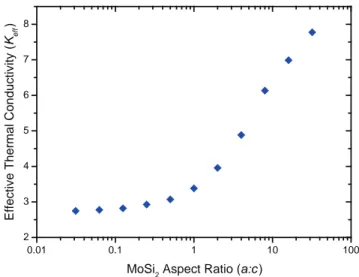Influence of embedded MoSi2 particles on the high temperature thermal conductivity of SPS produced yttria-stabilised zirconia model thermal barrier coatings
Texte intégral
Figure
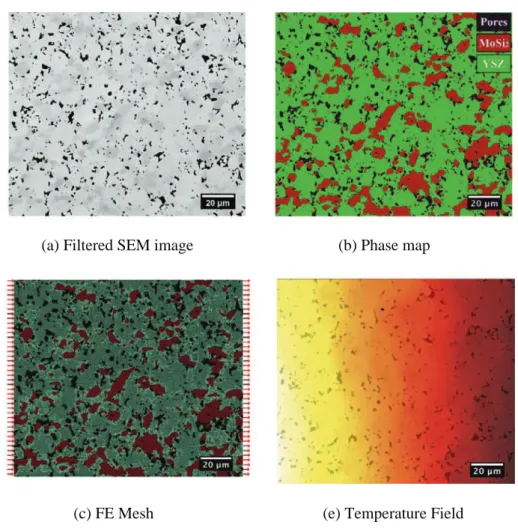
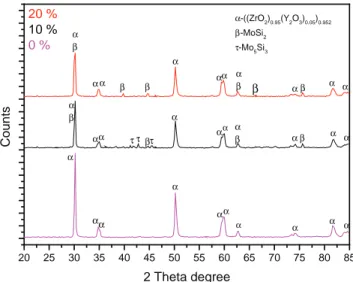
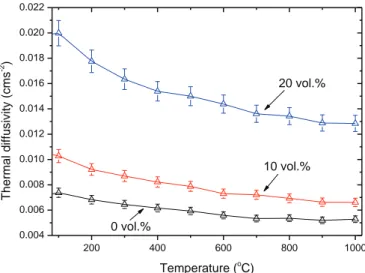
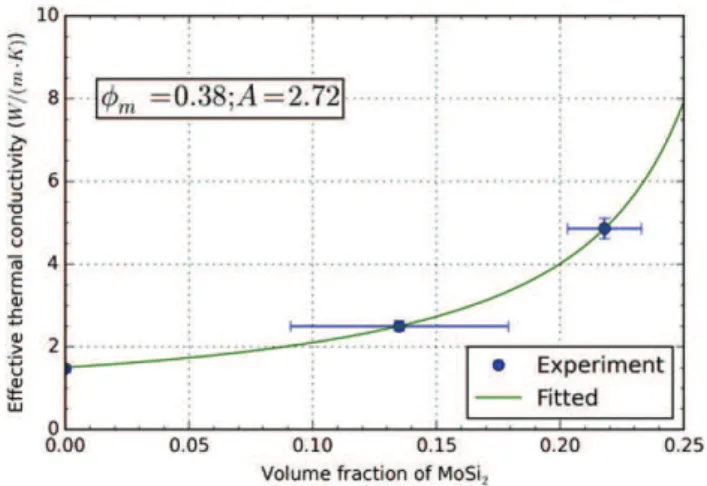
Documents relatifs
Alexandre, Bertrand, Charles et Denis sont quatre amis. Nous avons sur eux les renseignements suivants : Alexandre rencontre souvent le professeur
The influence of the interfacial roughness on the thermal conductivity of semiconductor/ semiconductor superlattices was studied by equilibrium and non-equilibrium molecular
Training Generalization.. approach may be inconsistent when using a low number of samples and it has proposed an optimal approach based on gradient algorithm [14]. It assumes that
The solar wind pressure increase caused a brightening of the dayside auroral oval, and poleward moving au- roral forms (rayed arcs) developed in the pre-noon sec- tor at 74–76 ◦
These are the first studies considering repeated cycles of exogenous IL-7, con- ducted in HIV infected patients with a low immune response to cART despite undetectable viral load..
This theta series is a Siegel modular form of weight 13 for the full Siegel modular group Sp 2g (Z), necessarily a cuspform, whose Fourier coef- ficients are in Q.. The first
With this building block, we explored a large number of generalized Feistel structures, and calculated how many rounds are required to reach either full bit diffusion, or 25 linearly
We have described a nested evolution algorithm to learn both the structure and the kinetic parameters of a CRN for approximating a function given by a finite trace of either time
